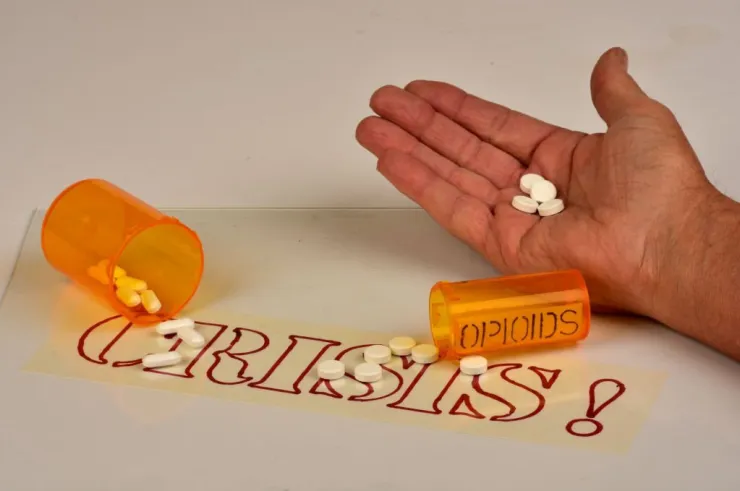The opioid crisis, a devastating and complex public health issue, has gripped communities across the globe, leaving a trail of shattered lives and challenging societal norms. Understanding the depth of this crisis requires delving into its roots, examining its multifaceted causes, and exploring innovative solutions that can pave the way toward recovery and healing for individuals and communities alike.
Understanding the Crisis:
At its core, the opioid crisis revolves around the misuse and addiction to opioids, including prescription painkillers and illegal drugs like heroin and synthetic opioids such as fentanyl. Opioids, while effective in managing pain, carry a high risk of addiction due to their powerful impact on the brain’s receptors. What often begins as a legitimate prescription for pain management can spiral into dependence and addiction, leading individuals down a perilous path.
Unraveling the Causes:
Several interconnected factors have contributed to the escalation of the opioid crisis. One significant factor is the overprescription of opioid painkillers by healthcare providers, leading to a surplus of pills in households. Additionally, socioeconomic factors such as poverty, unemployment, and lack of access to quality healthcare contribute to vulnerability. Mental health issues, trauma, and a history of substance abuse can also increase the likelihood of opioid misuse.

The Role of Pharmaceutical Companies:
The pharmaceutical industry’s marketing practices have also come under scrutiny. Aggressive marketing of prescription opioids without sufficient emphasis on their addictive nature led to widespread overuse. This marketing approach, coupled with inadequate regulation and oversight, created an environment ripe for the opioid crisis to take hold.
Exploring Solutions:
Addressing the opioid crisis requires a multifaceted approach that encompasses prevention, treatment, and support for individuals and communities. Here are some key solutions:
- Prevention and Education: Comprehensive public awareness campaigns can educate both healthcare providers and the general public about the risks associated with opioids. Teaching proper pain management techniques and promoting alternative therapies can mitigate unnecessary prescriptions.
- Improved Access to Treatment: Increasing access to evidence-based addiction treatment, including medication-assisted treatment (MAT) programs, counseling, and therapy, is crucial. Removing barriers to treatment, such as insurance limitations, can enhance recovery rates.
- Enhanced Mental Health Support: Addressing underlying mental health issues and providing trauma-informed care can reduce the likelihood of turning to opioids as a coping mechanism. Increased investment in mental health services is vital.
- Stricter Regulation: Implementing stricter regulations on opioid prescriptions, as well as monitoring programs that track prescriptions, can prevent overprescribing and identify individuals at risk of addiction.
- Community Support and Harm Reduction: Establishing safe injection sites, distributing naloxone (a medication that reverses opioid overdoses), and creating community support networks can save lives and provide essential resources for individuals struggling with addiction.
Conclusion:
The opioid crisis demands immediate and sustained attention from healthcare providers, policymakers, communities, and individuals. By unraveling its causes, promoting education and prevention, and implementing comprehensive solutions, society can work together to mitigate the devastating impact of opioids, offering hope and support to those affected and ultimately building healthier, more resilient communities.

